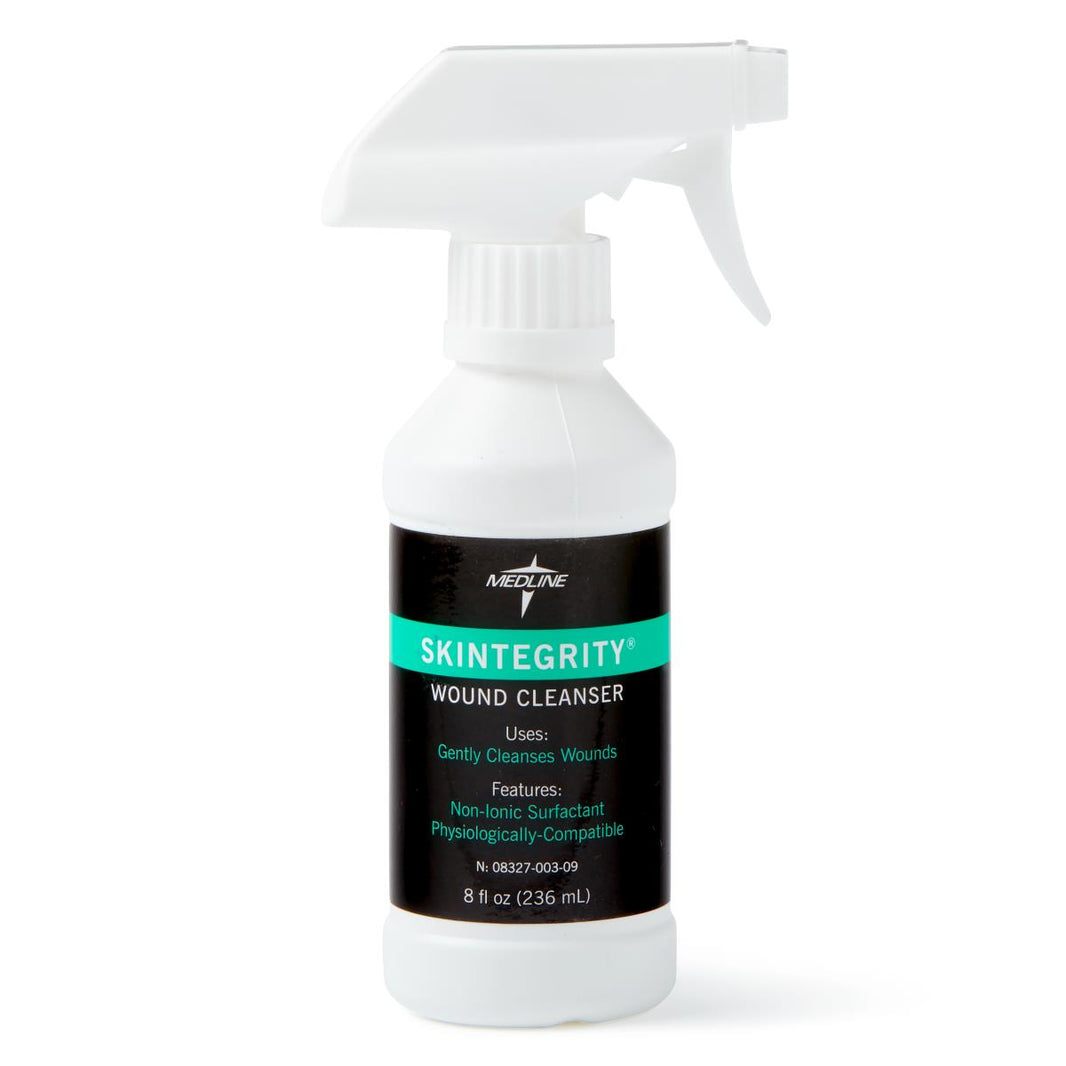
Can the Right Cleanser Prevent Infection in Minor Cuts?
Share
Ever had a tiny cut that seemed harmless at first, only to turn red, swollen, and painful a few days later? Most of us do it. It feels minor, so we don’t give it much thought. But here’s the thing: even tiny cuts or scrapes can invite infection if you’re not careful. Ever had a little scratch turn red, hot, or puffy?
According to research around 10.5 million U.S. Medicare beneficiaries are affected by chronic wounds.
That's an infection creeping in. And once it’s there, it slows healing and makes life uncomfortable. So the question is, could choosing the right wound cleanser actually stop that from happening? Let’s dive in together and see why it matters more than you think.
Read on!
Why Cleaning Wounds Properly Matters
Think, you’ve got a paper cut. Small, right? Now imagine you don’t clean it. Bacteria from your keyboard, phone, or even the air get in. Within days, that harmless cut looks swollen and painful. Sounds familiar? That’s why wound cleaning is step one in avoiding infection.
When you clean a wound, you’re not just washing away dirt. You’re clearing out bacteria and giving your skin a better chance to repair itself. Clean wounds heal faster, dressings stick better, and you don’t have to worry about unpleasant surprises later. Think of it this way: if healing is a race, proper cleaning is the warm-up your body needs to win.
What Kind of Cleanser to Use
Wound cleansers are undoubtedly one of the best wound cleaning products. However, Not all liquids are created equal, and no, your regular bathroom soap doesn’t count here. The wrong choice can sting, dry out skin, or even delay healing. So what should you look for?
1. Nontoxic and Nonsensitizing
You want a cleanser that plays nice with your skin. Nontoxic means it won’t damage delicate tissue, while nonsensitizing means no surprise allergic reactions. That’s important if you’ll be using it more than once.
2. Moisturizing and Healing Support
Ever noticed how dry skin cracks more easily? The same happens with wounds. A cleanser that helps lock in moisture actually speeds up healing. Dry wounds, on the other hand, tend to linger.
3. Effective Antimicrobial Protection
This is where the real protection kicks in. A good cleanser fights a broad range of bacteria, creating a safer space for your skin to repair. Think of it as your wound’s shield against invaders.
4. Convenient Application Options
Here’s the practical side. Maybe you’re dealing with a scraped knee, or it’s a small nick on your hand. A spray bottle makes it easy to cover bigger areas, while a squeeze bottle gives you control for tiny cuts. Convenience matters, you’ll actually use it if it’s simple.
See how much easier wound care sounds when the cleanser is doing half the work for you?
Can the Right Cleanser Prevent Infection?
So, back to our big question. Can the right cleanser really prevent infection? While wounds and issues can be of various kinds. Plus, some wounds may require special surgeries too. However, the answer is a strong yes, it can lower your risk dramatically. Here’s how:
- It clears out bacteria,
- Keeps the wound moist, and
- Offers antimicrobial backup.
Basically, you’re removing the germs’ welcome mat.
What Wounds Right Cleanser Can Heal
You might be wondering, are wound cleaning products like cleansers only for small scrapes? Not at all, they’re designed to help in many situations
1. Acute and Chronic Dermal Lesions
These could be sudden injuries like a scratch or wounds that take longer to heal. A proper cleanser keeps the area clean so skin can rebuild itself without delay.
2. Stage I–IV Pressure Injuries
If you or someone you care for spends a lot of time in bed or a chair, you know pressure sores can be a challenge. Gentle cleansing reduces infection risk and makes daily care less painful.
3. Leg Ulcers
Not every ulcer is venous, but every ulcer needs careful cleaning. A supportive cleanser helps maintain the right moisture balance while removing harmful debris.
Conclusion
In the end, wound care doesn’t need to be intimidating, but it does need to be done right. Next time if you get a small cut, don’t just shrug it off. Grab a cleanser from right medical supplier like affinity home medical, that offer gentle, nontoxic, antimicrobial, and easy to use, products.
Cleaning your wound properly could mean the difference between quick healing and a painful infection. Remember, just a few extra seconds of care today can save you from a lot of trouble tomorrow. Why take the risk when the solution is so simple?
FAQs
1. Can I just rinse a cut with tap water?
Water helps, but it won’t do the full job. A wound cleanser is designed to target bacteria and support healing.
2. Do wound cleansers sting like alcohol or iodine?
No! The right ones are gentle and sting-free, so you don’t dread using them.
3. How often should I use a wound cleanser?
Generally once or twice daily, especially when changing bandages. If in doubt, check with a healthcare provider.
4. Is it safe for kids’ cuts and scrapes?
Yes, as long as the cleanser is marked non-toxic and gentle. Always read the label first.
